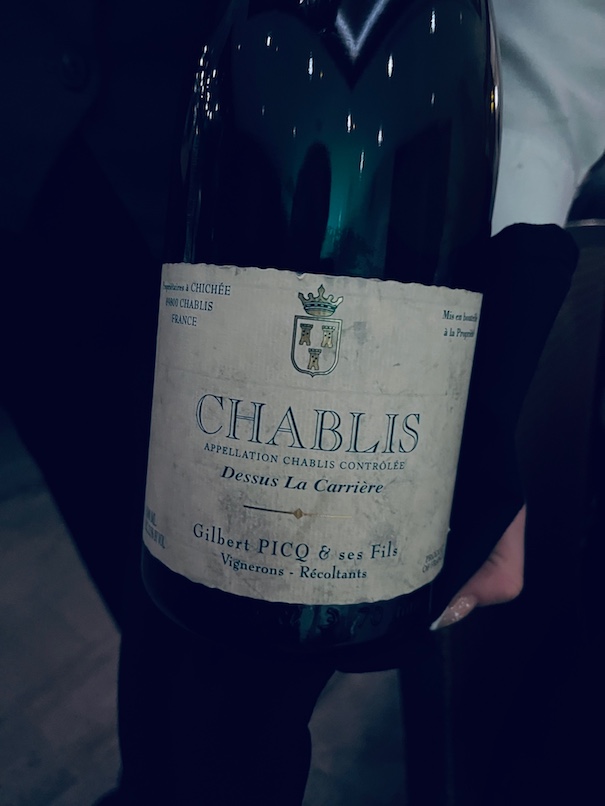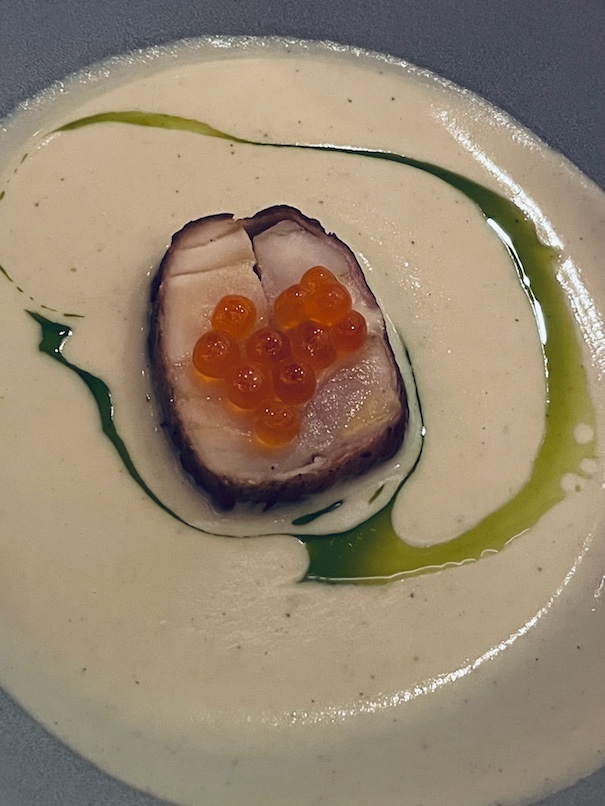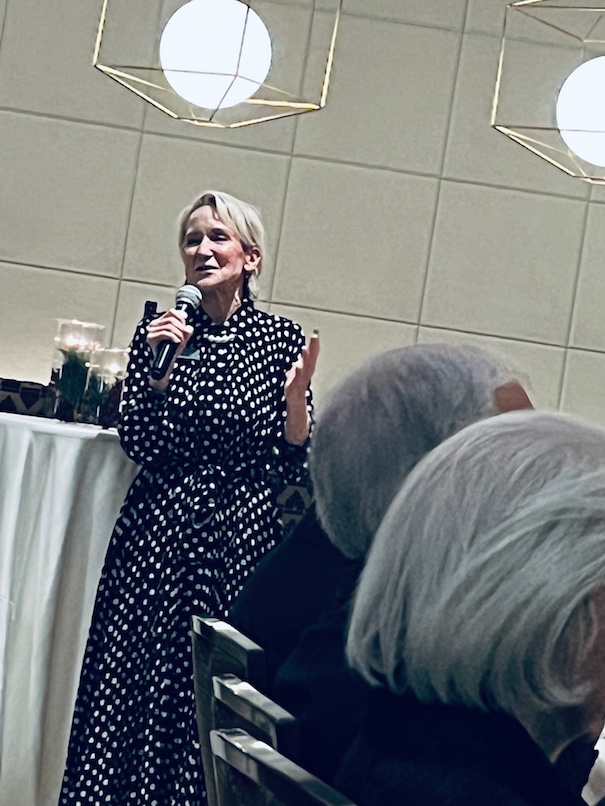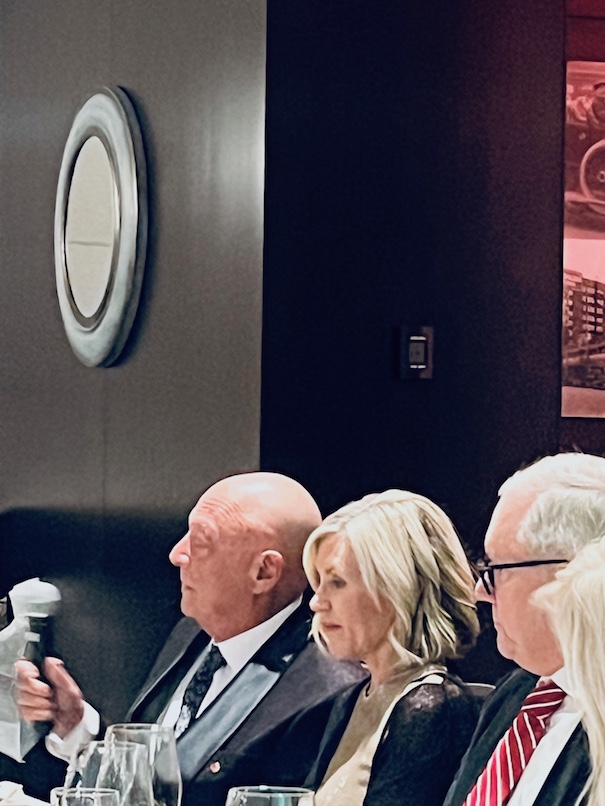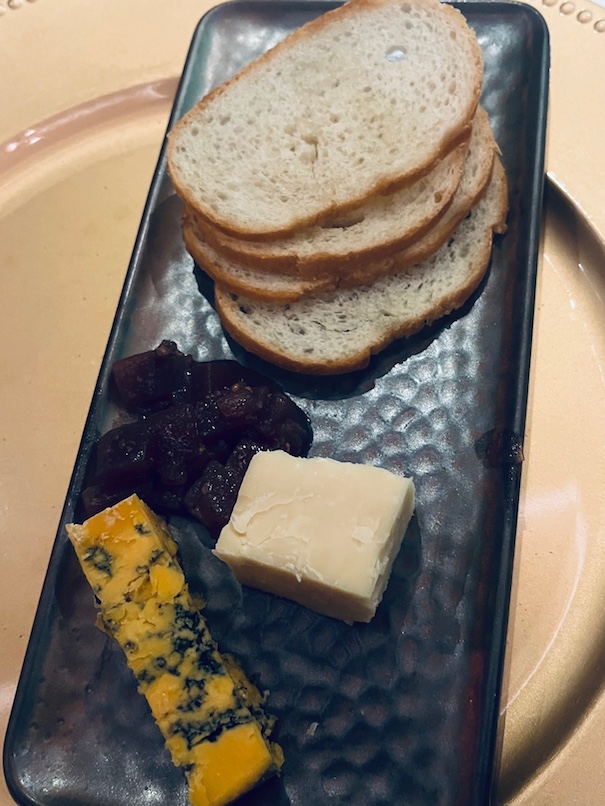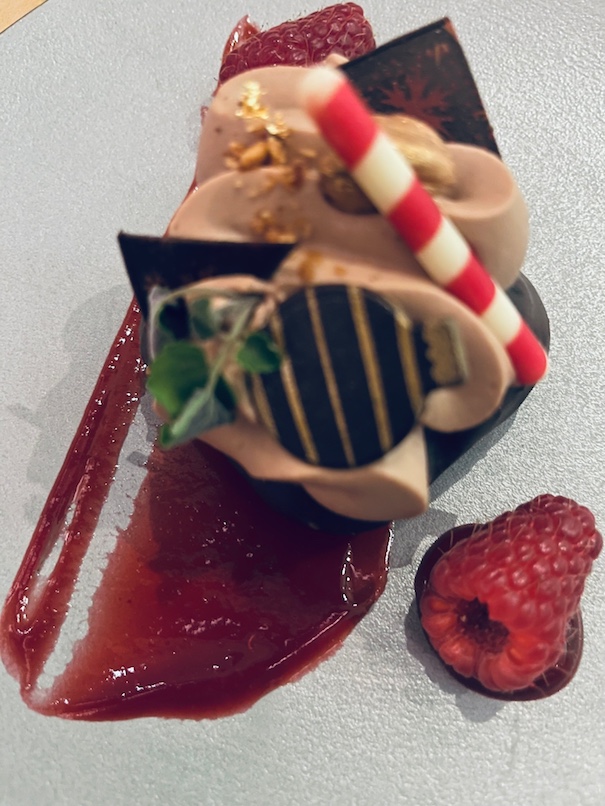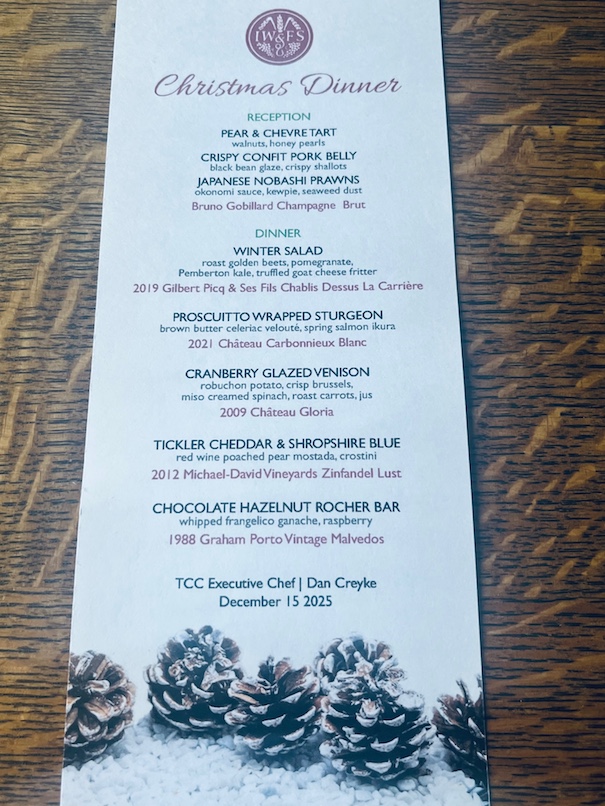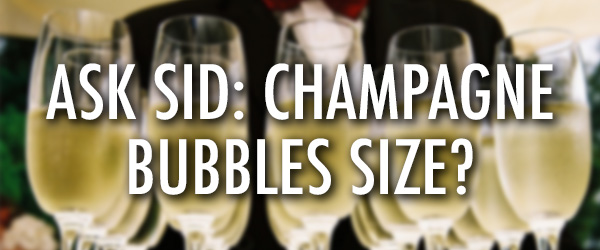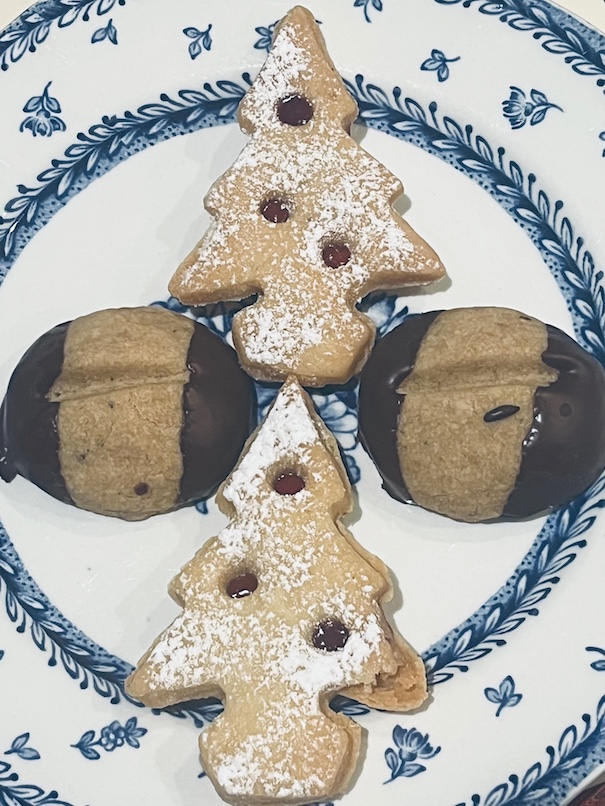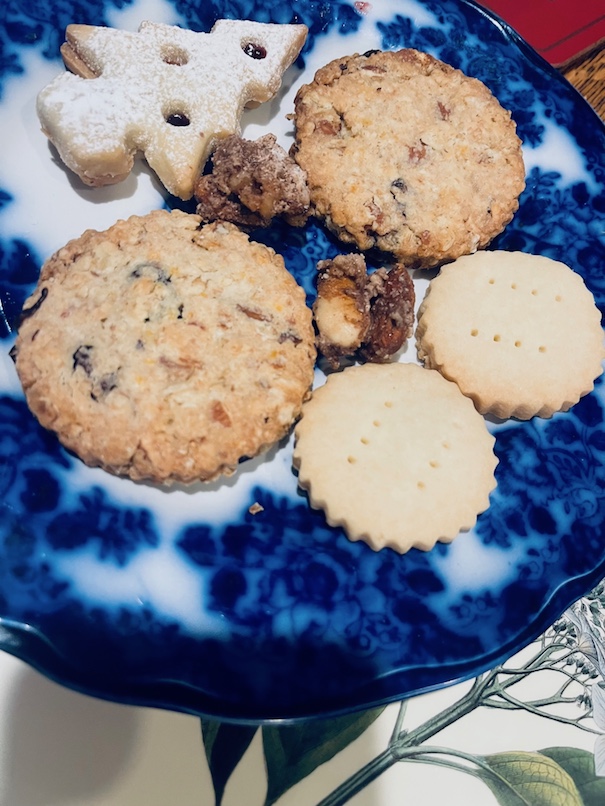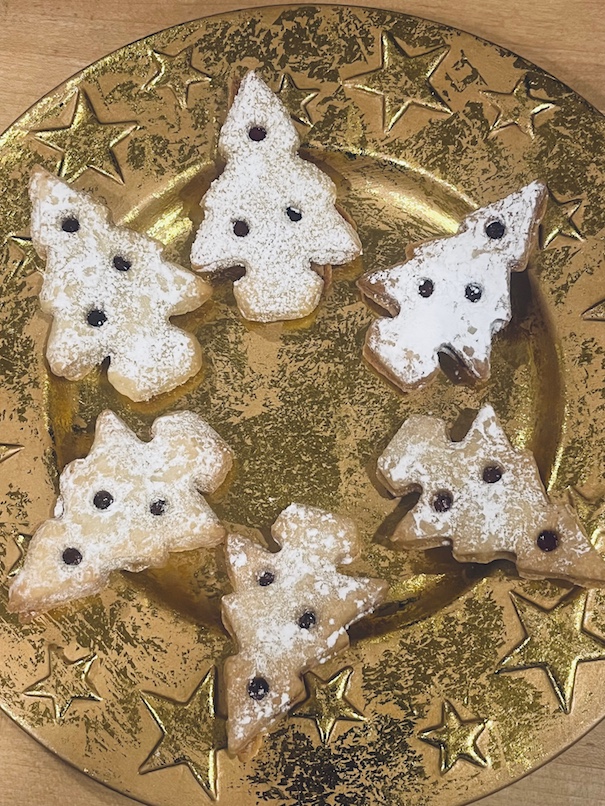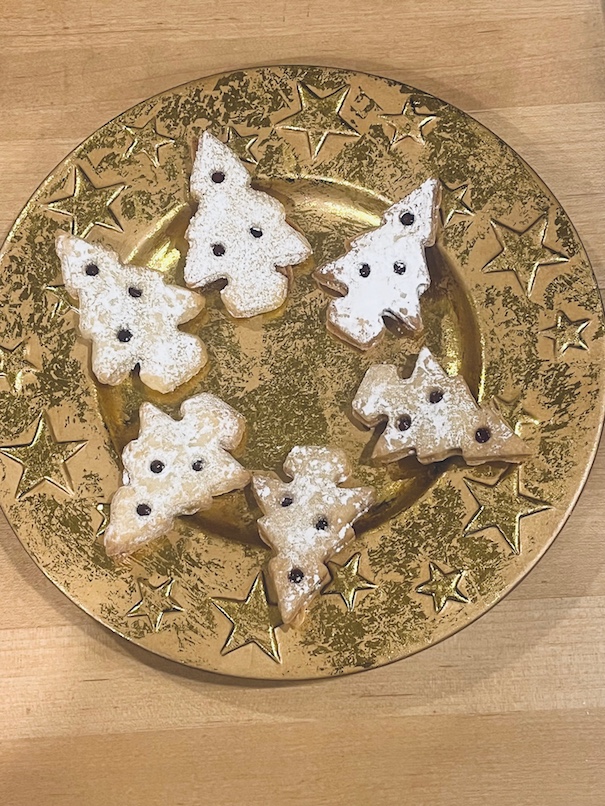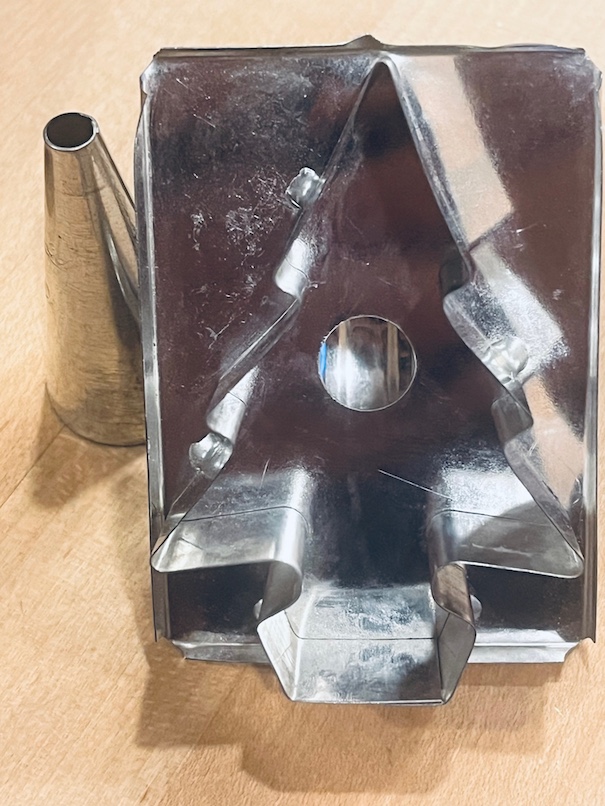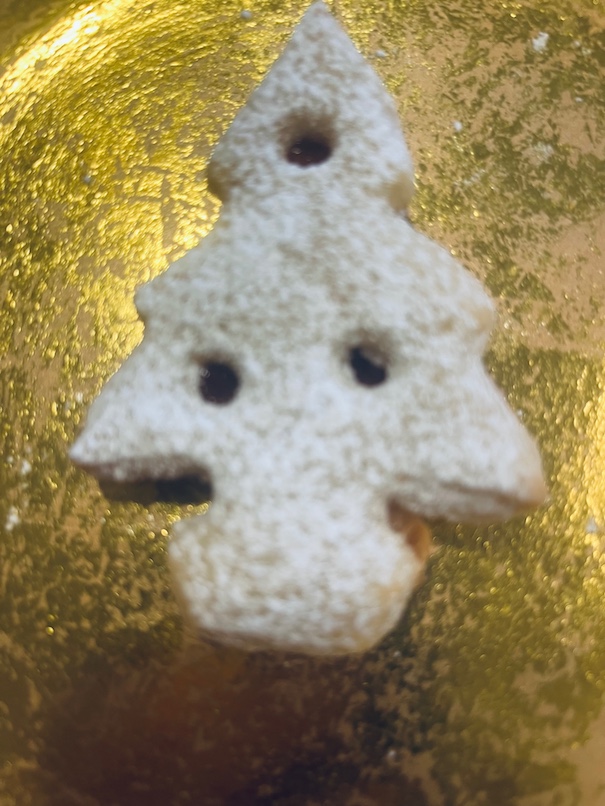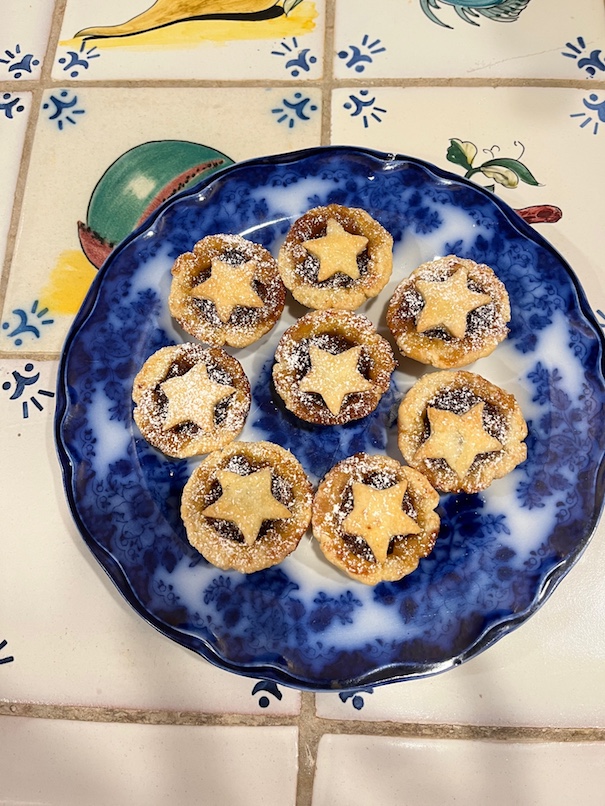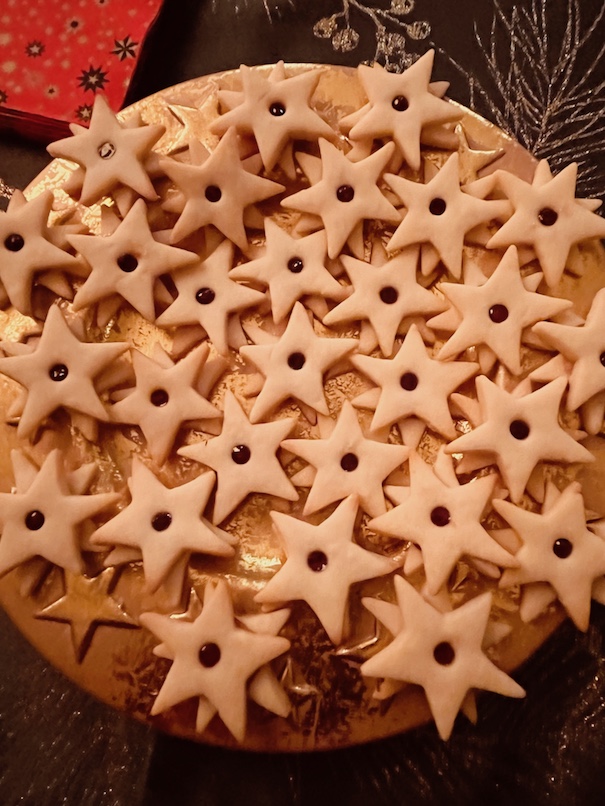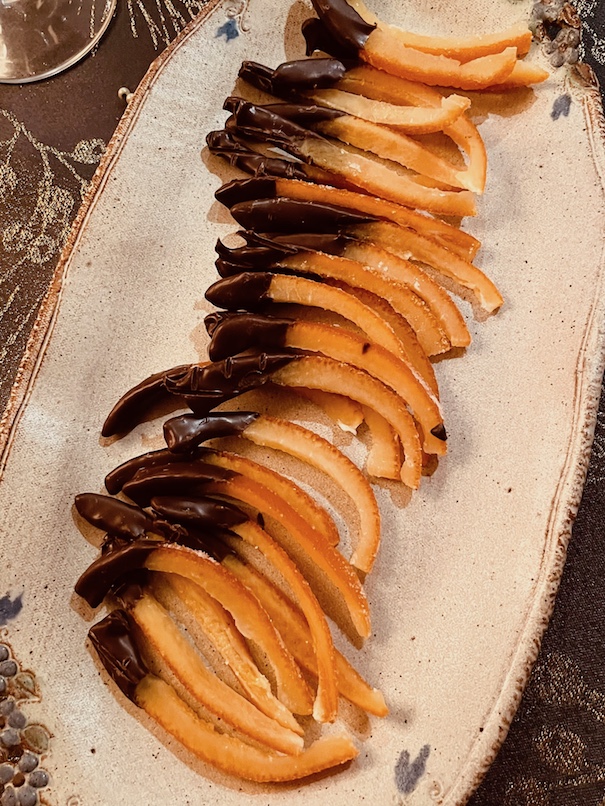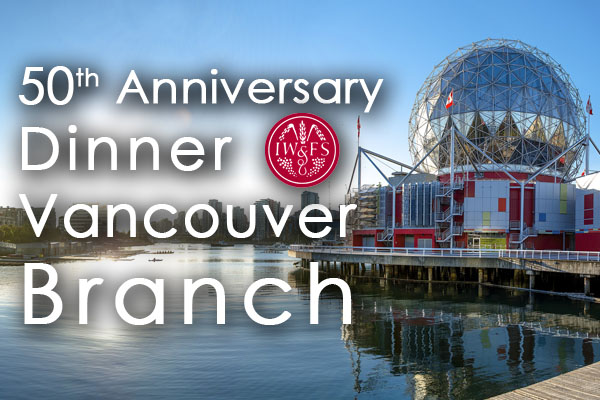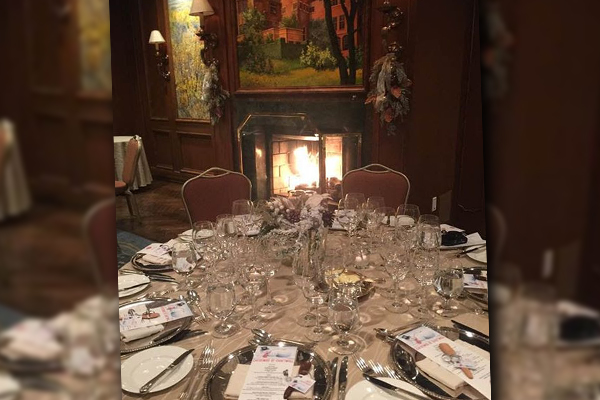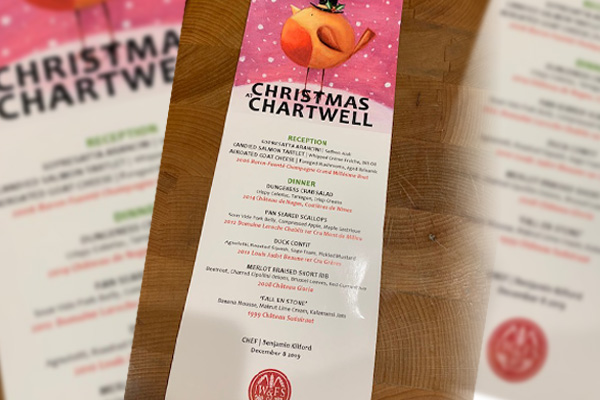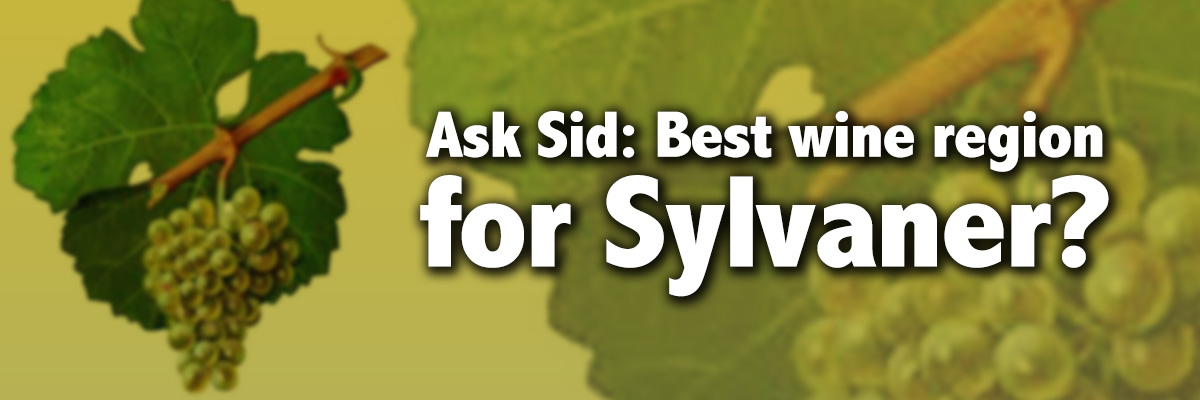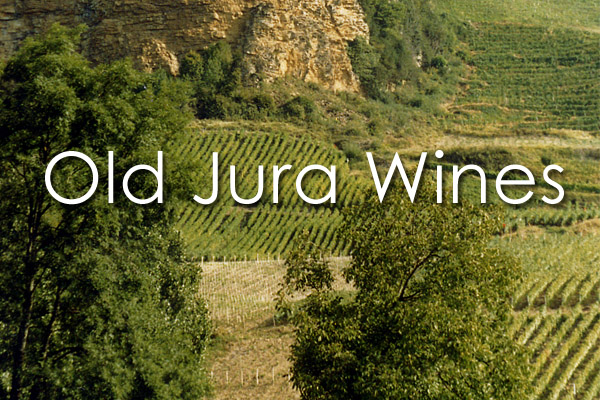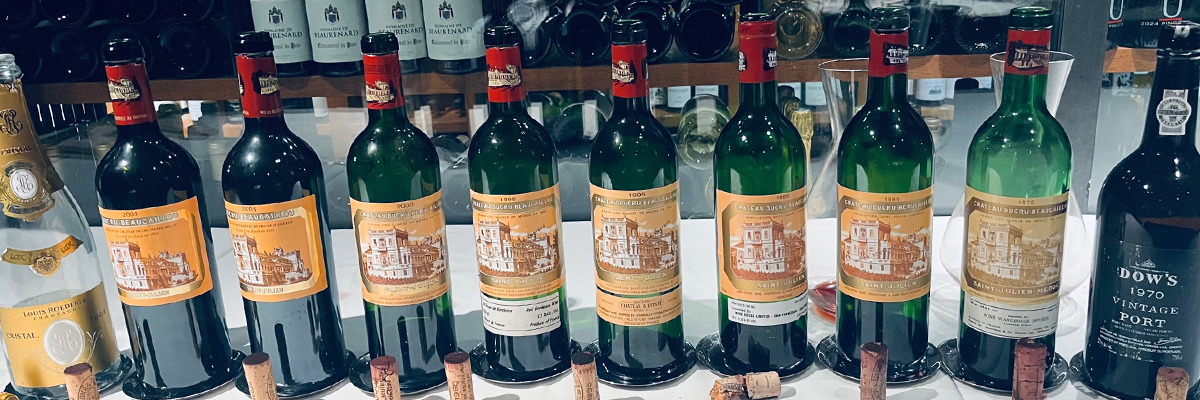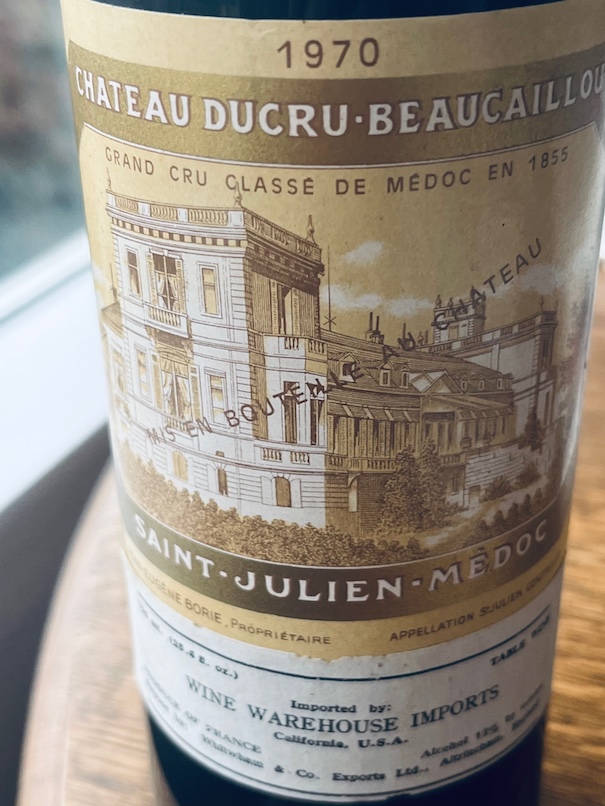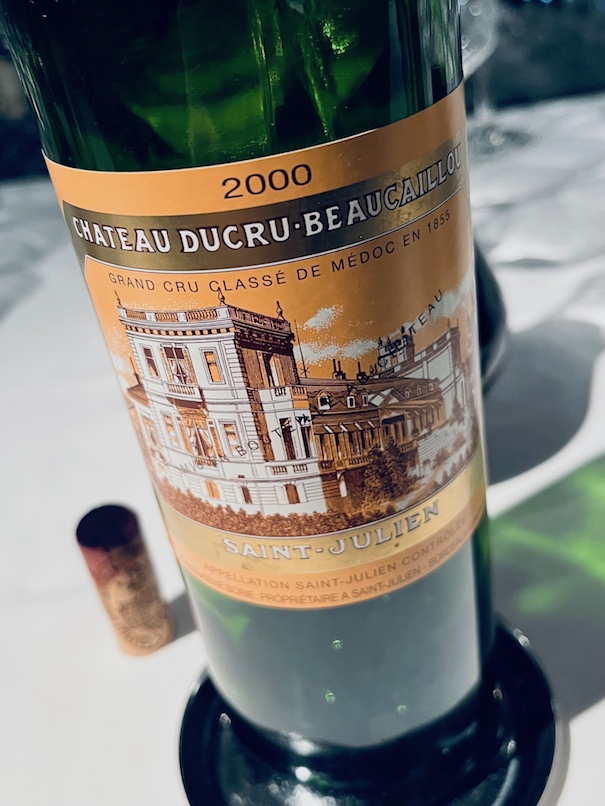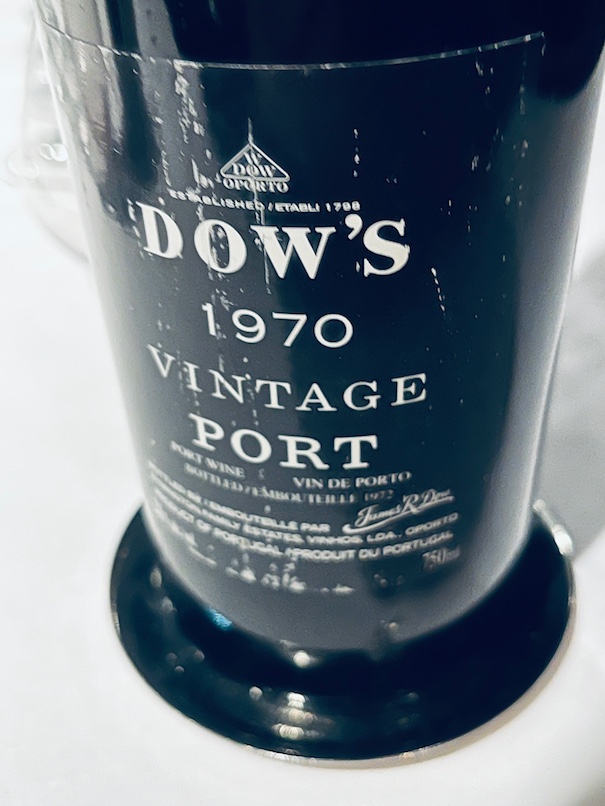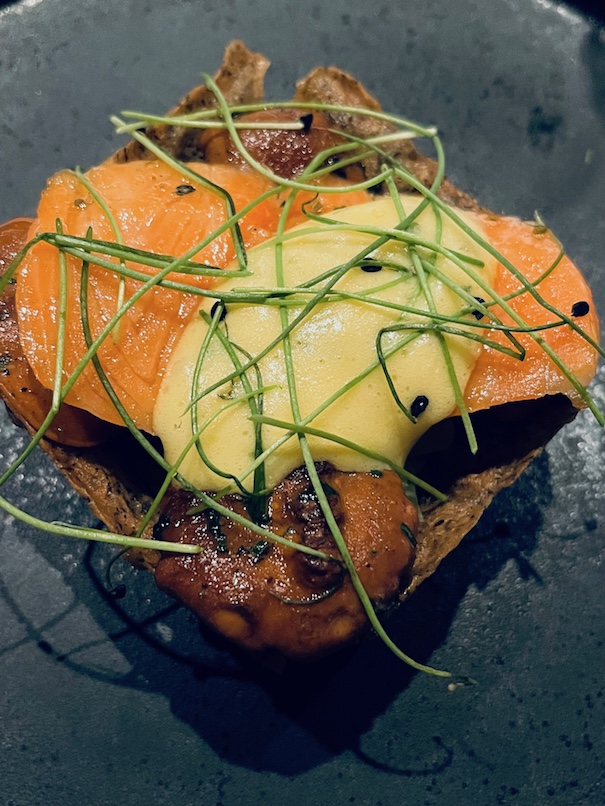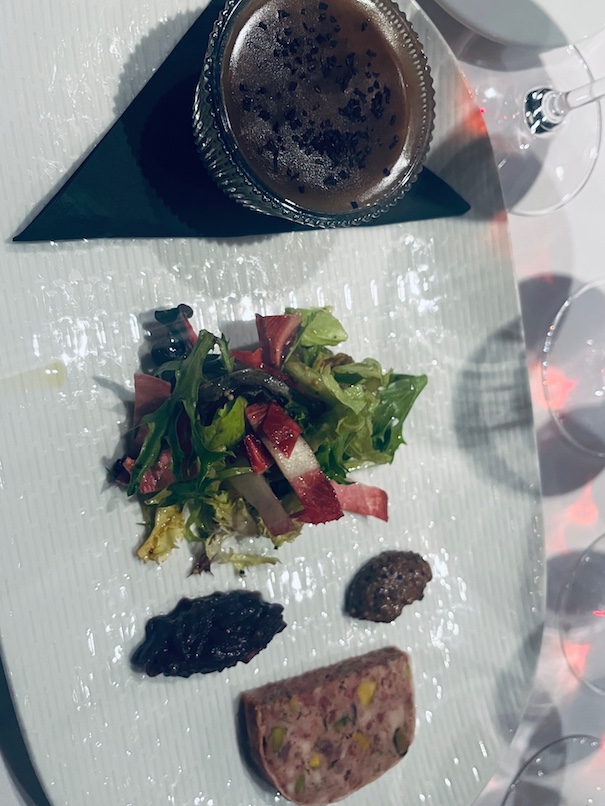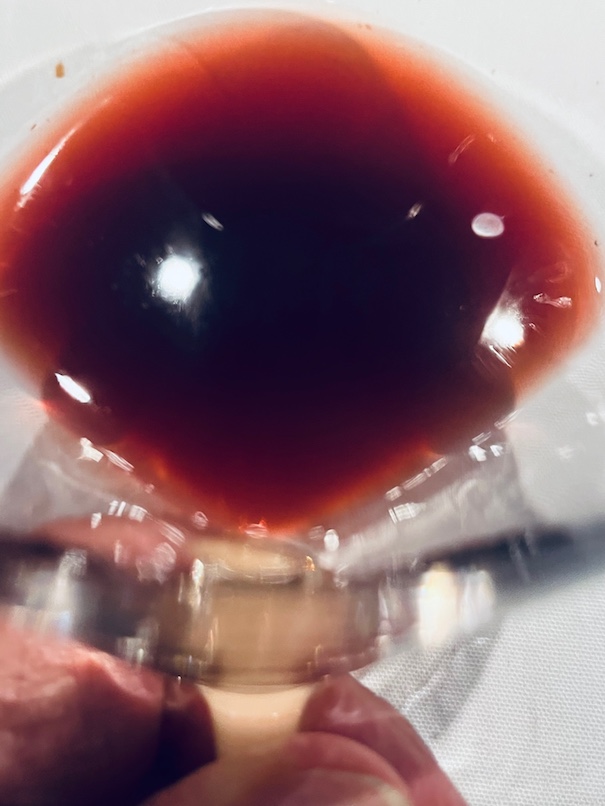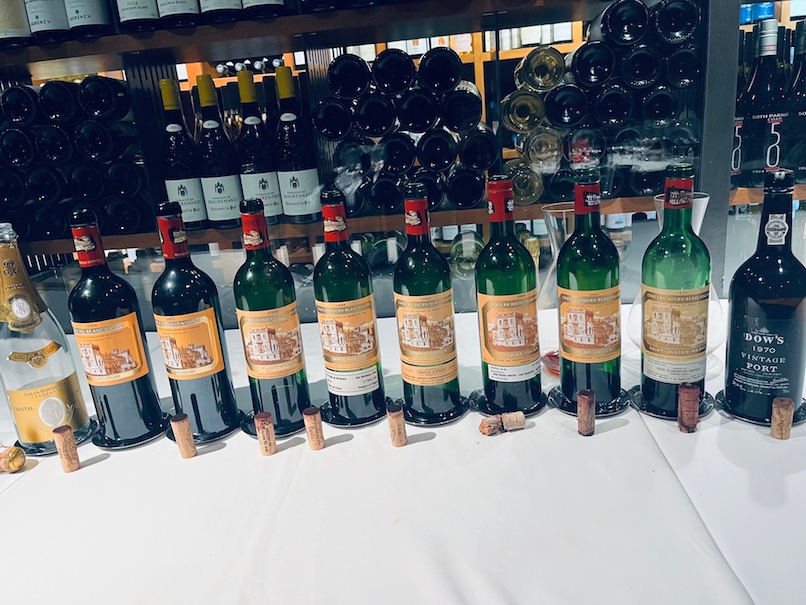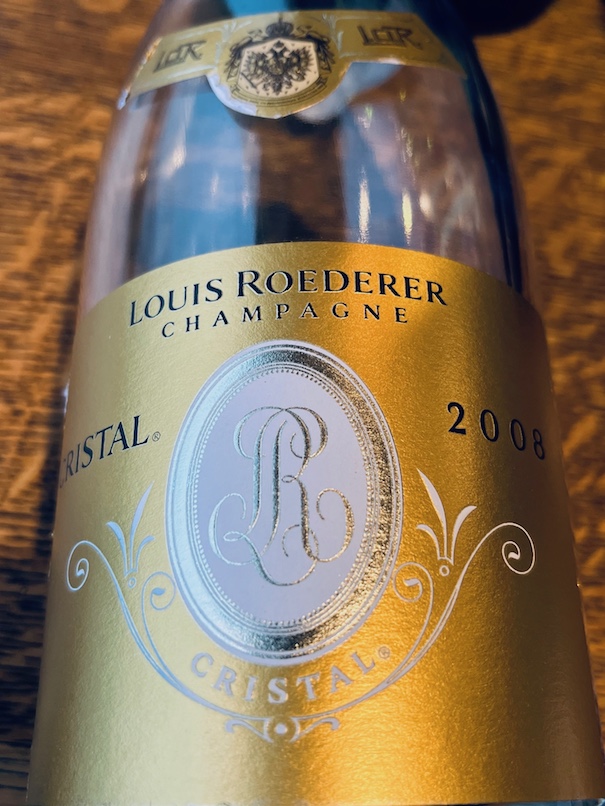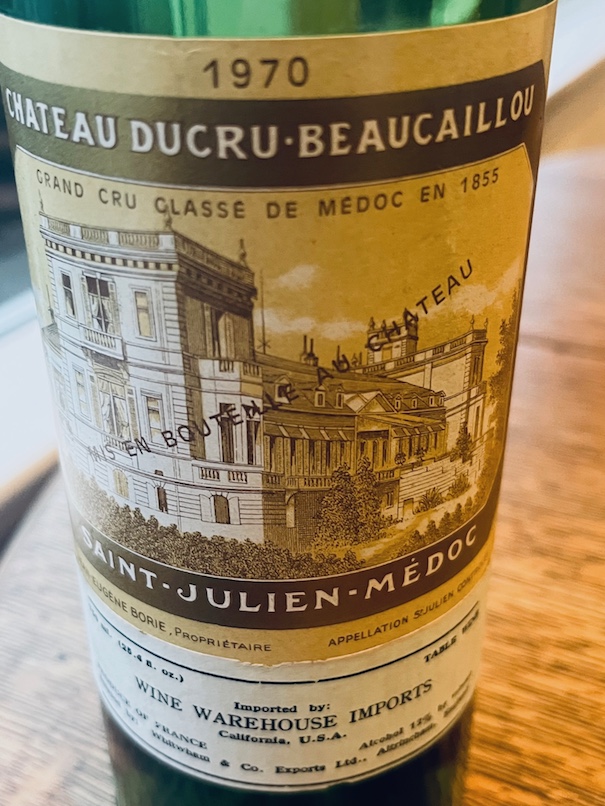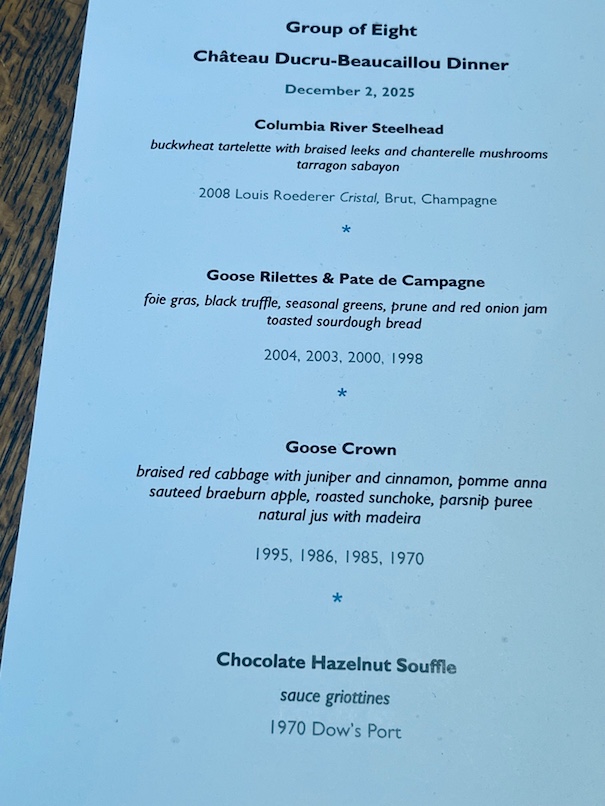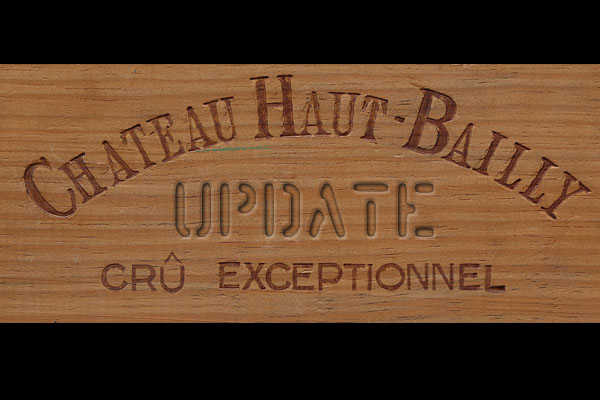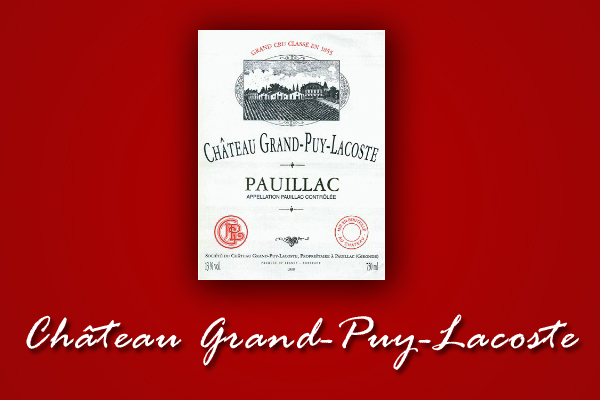
Lots of festive holiday events this month. Hope you are enjoying some wonderful ones with your family and friends wherever you live. In Vancouver one of the year end best functions is the Christmas Dinner organized by Milena & Jim Robertson for our International Wine & Food Society Branch.
On December 15 of this year was another classy success held at the Terminal City Club for a dinner prepared by Executive Chef Dan Creyke and his brigade. Also we were fortunate to have the marvellous knowledgeable DJ Kearney their Wine Director comment in detail on the matching wines.
Both enjoyable and educational for all of us. The excellent menu with matching wines is posted with this write-up. A few brief insights on the wines served:
NV CHAMPAGNE BRUT BRUNO GOBILLARD A grower Champagne in Pierry around Epernay from well maintained old vines showing creamy well balanced styling.
2019 CHABLIS DESSUS LA CARRIÈRE GILBERT PICQ & SES FILS Top producer from a special Chablis AC Cuvee of older vines in the lower yielding 2019 vintage that reminds me of 2015. Found this with fresher salinity a few years ago but now seems rich, rounder and much softer. Lots of density but mature bottles here so best to drink now before 2020 or 2022 vintages. Matches well with the Beet Salad course.
2021 CHÂTEAU CARBONNIEUX BLANC Underrated Bordeaux blend of 65 Sauvignon Blanc & 35 Semillon produced in oak barrels (25% new) showing spicy floral citrus with refreshing structure. Pairs lovely with the Sturgeon dish. No rush and will develop with further aging showing more of the Semillon.
2009 CHÂTEAU GLORIA A wonderful great value unclassified St. Julien harvested (around 60/70 Cab Sauv) September 24-October 8 from the excellent 2009 ripe vintage that was aged in 40% new oak for 14 months. Great memories of founder-owner legendary Henri Martin (who died in 1991) visiting Vancouver in 1977 to establish our local branch of La Commanderie de Bordeaux. Estate has expanded greatly from an original small 6 hectares in 1942 to about 50 now by acquiring classified St. Julien plots. The current proprietor is his daughter Francoise & son-in-law Jean-Louis Triaud and their third generation children This 2009 shows amazing open pure St. Julien terroir in a juicy generous sweeter integrated tannins style. So delicious right now at the beginning of a long life on this delightful plateau. Wine of the Night!
2012 ZINFANDEL LUST MICHAEL-DAVID VINEYARDS A full Lodi California Zinfandel produced from choice small lots plus a little Petite Sirah blended in with 70% in American oak for 18 months & 30% in French oak for 10 months. Nice to have some bottle age on this dry ripe vintage that makes a big peppery spice powerful statement at 15.5 abv that works with the flavourful cheeses.
1988 GRAHAM PORTO VINTAGE MALVEDOS In undeclared years Graham bottles their Vintage Port as single quinta Malvedos. This one comes highly regarded as the first Portuguese wine that made the Top 100 Wines of the World by Wine Spectator. Smooth plummy with spicy fig notes is lighter than regular declared year Graham Vintage and drinking forwardly now – even paired nicely with an appropriate chocolate dessert.
You might also like:
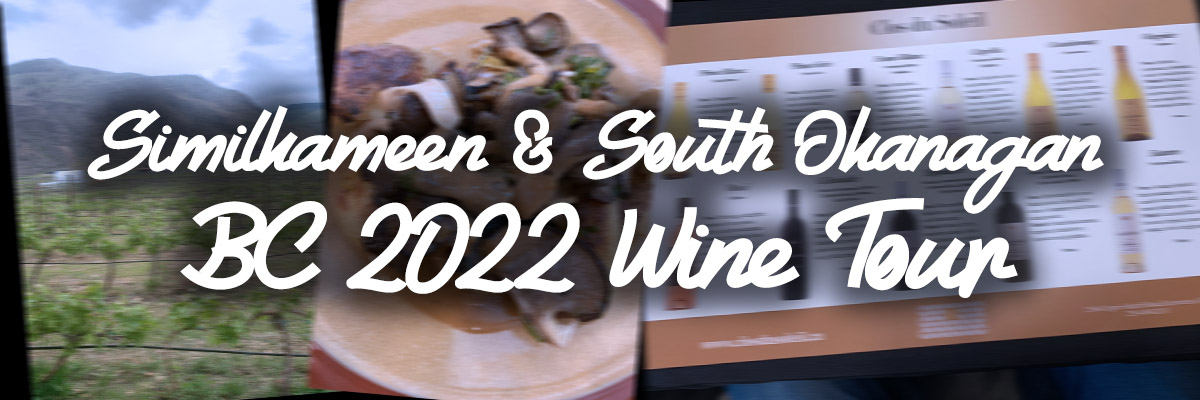 |
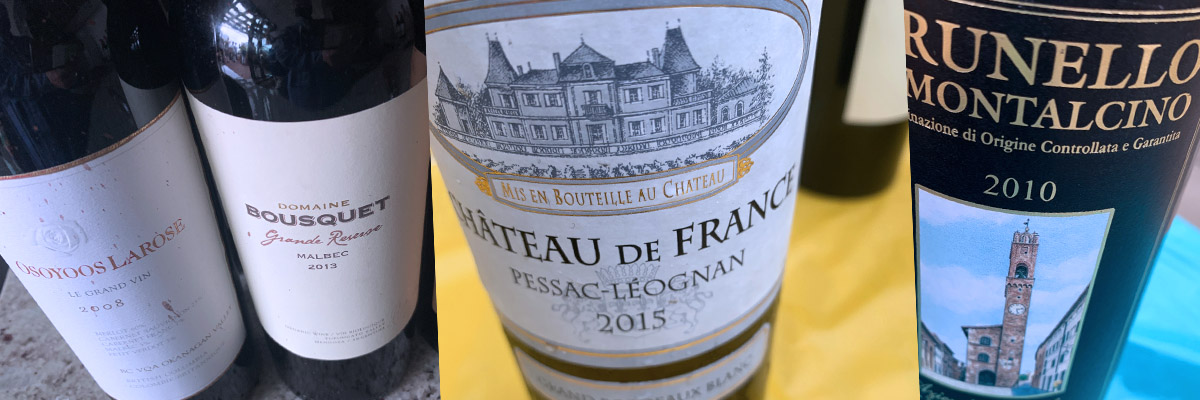 |
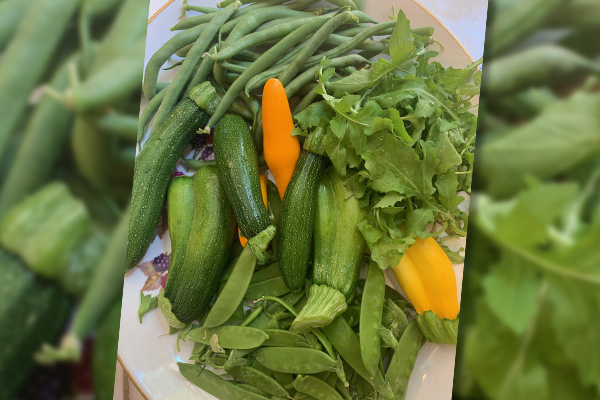 |



